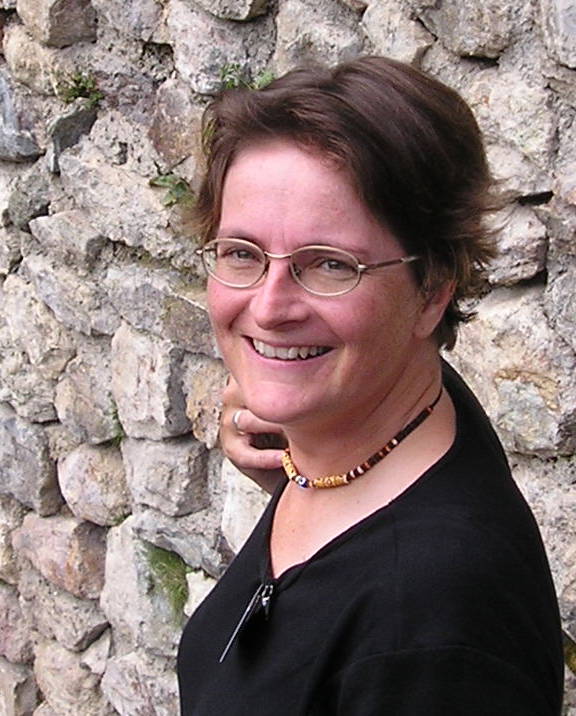Betsey Robinson. By the Streams of the Source: Reflections on the American School Excavations of Ancient Corinth from the Peirene Valley (1898 to Present)
Betsey A. Robinson, Associate Professor of History of Art, Vanderbilt University
The American School of Classical Studies at Athens (ASCSA) began to excavate at Ancient Corinth in 1896, and work has continued almost without interruption to this day. The 1898 discovery of the Fountain of Peirene ensured the future of the excavations: A famous monument and a fixed point on the ancient map, it pointed the way to the Forum, and it anchored the fundraising campaign that underwrote further excavation. Despite these successes, Peirene proved to be an extremely complex monument, and very difficult to manage. To the south of the Roman-era façade, a rock-cut springhouse and reservoirs are fed by about 1 km of channels capturing water from the aquiferous bedrock. To the north, a late antique triconch court occupies the head of the valley through which Peirene’s waters once flowed freely. From the Geometric into the early Roman periods, this was an area where sacred and industrial structures existed side-by-side along the increasingly constrained stream and the natural route to the sea. In the course of the Empire, monumental structures rose up on either side of the aggrandized Road to Lechaion. In Late Antiquity and beyond, the area was carved up into smaller stakes, with religious building and burials, residences, and utilities, then eventually abandoned and buried. Peirene’s water, however, continued to flow, through channels that were maintained down to the early 20th century. After Peirene’s discovery, excitement at finding “the most famous fountain in Greece” gave way to decades of frustration as archaeological work was thwarted by flooding, waterborne diseases, and disputes over water rights. In this lecture I will discuss those challenges but also recognize the innovations in excavation and record-keeping by successive field directors through the 20th century, as well as new investigations in archival archaeology in the Peirene Valley.

